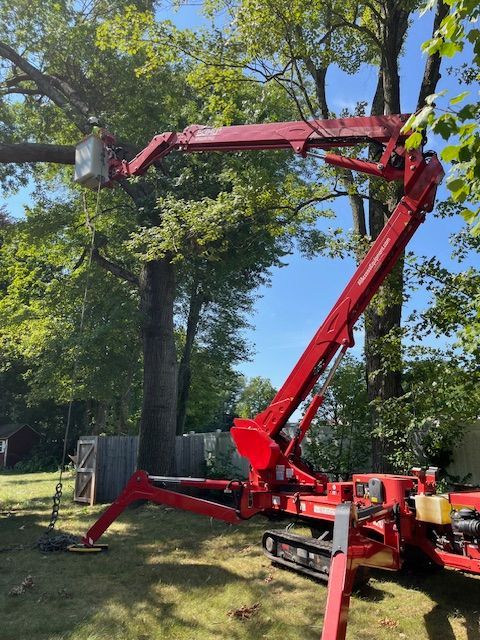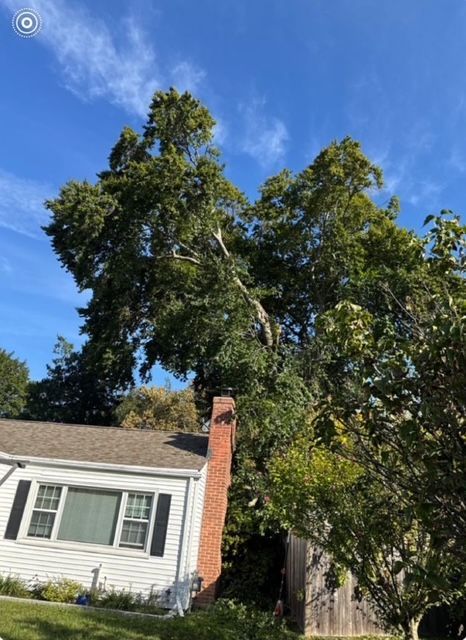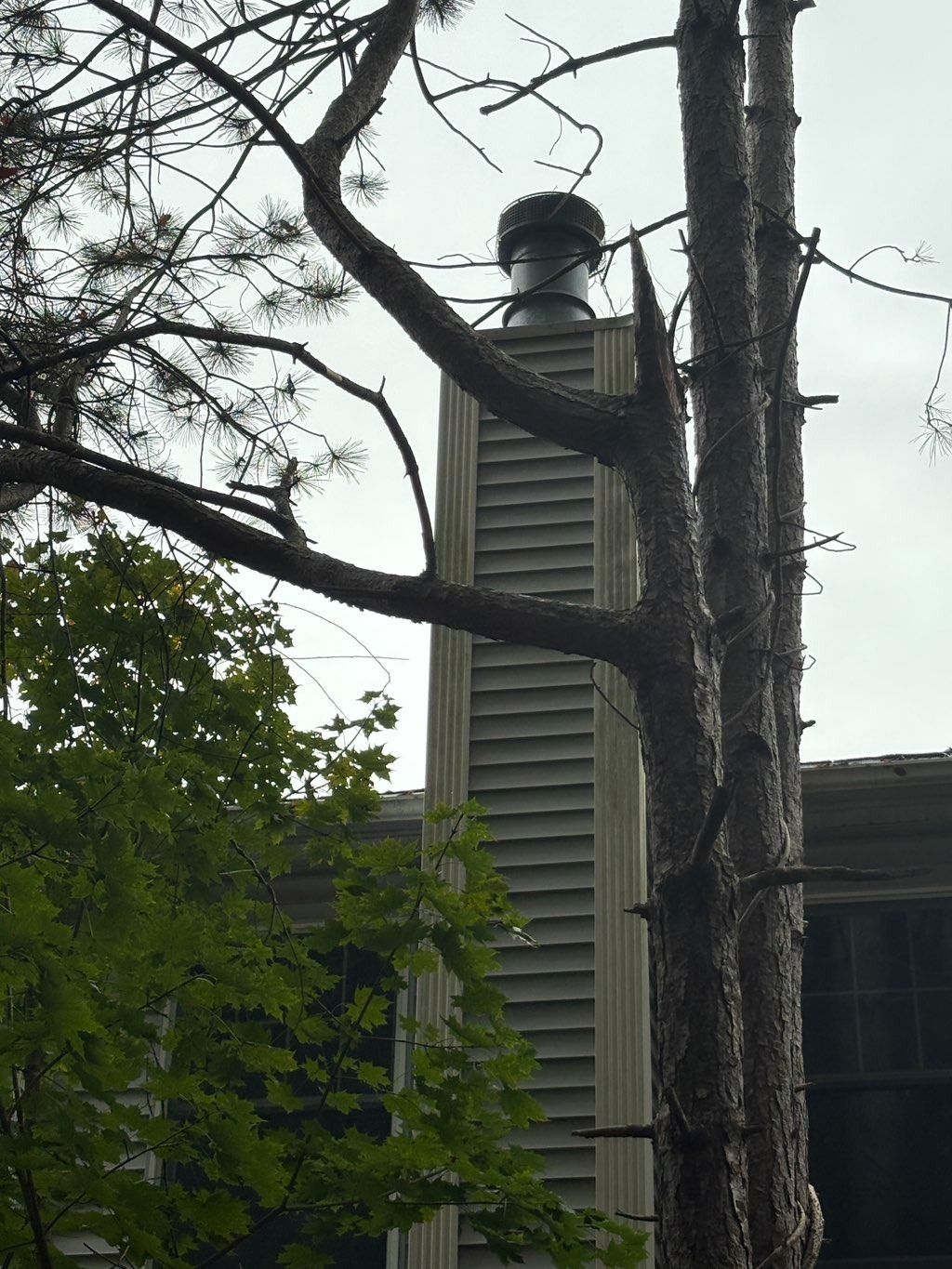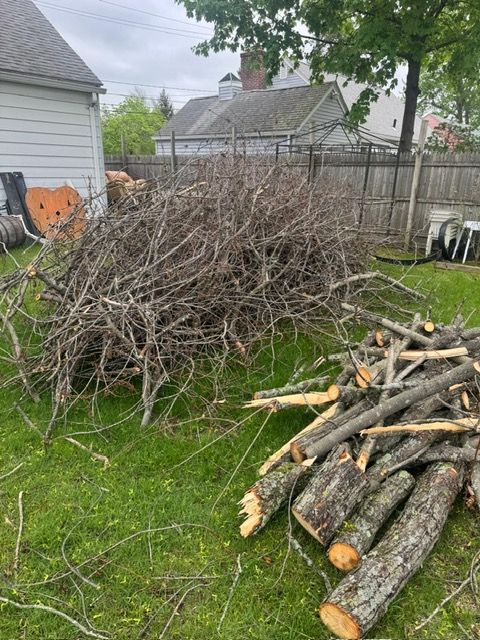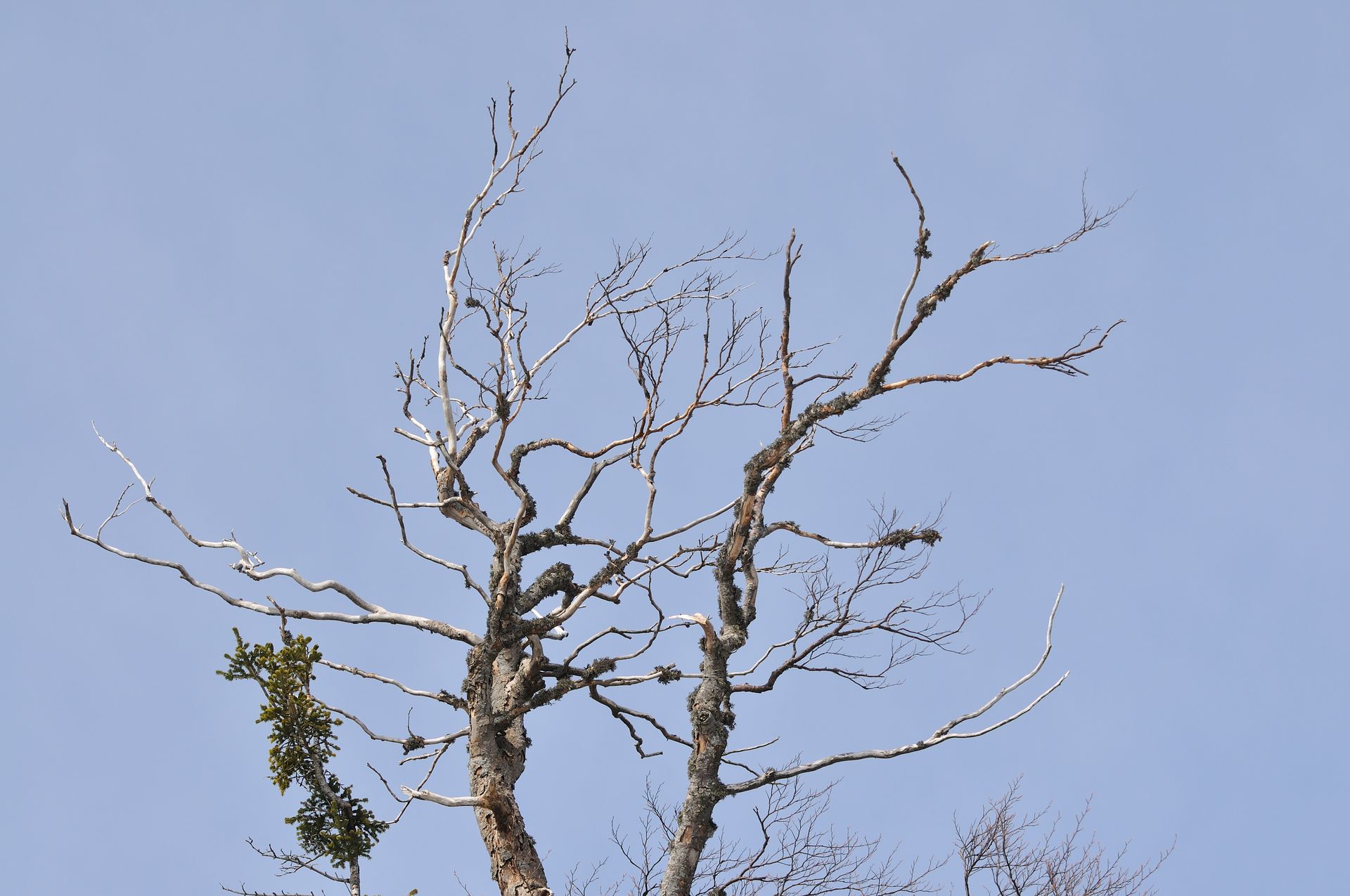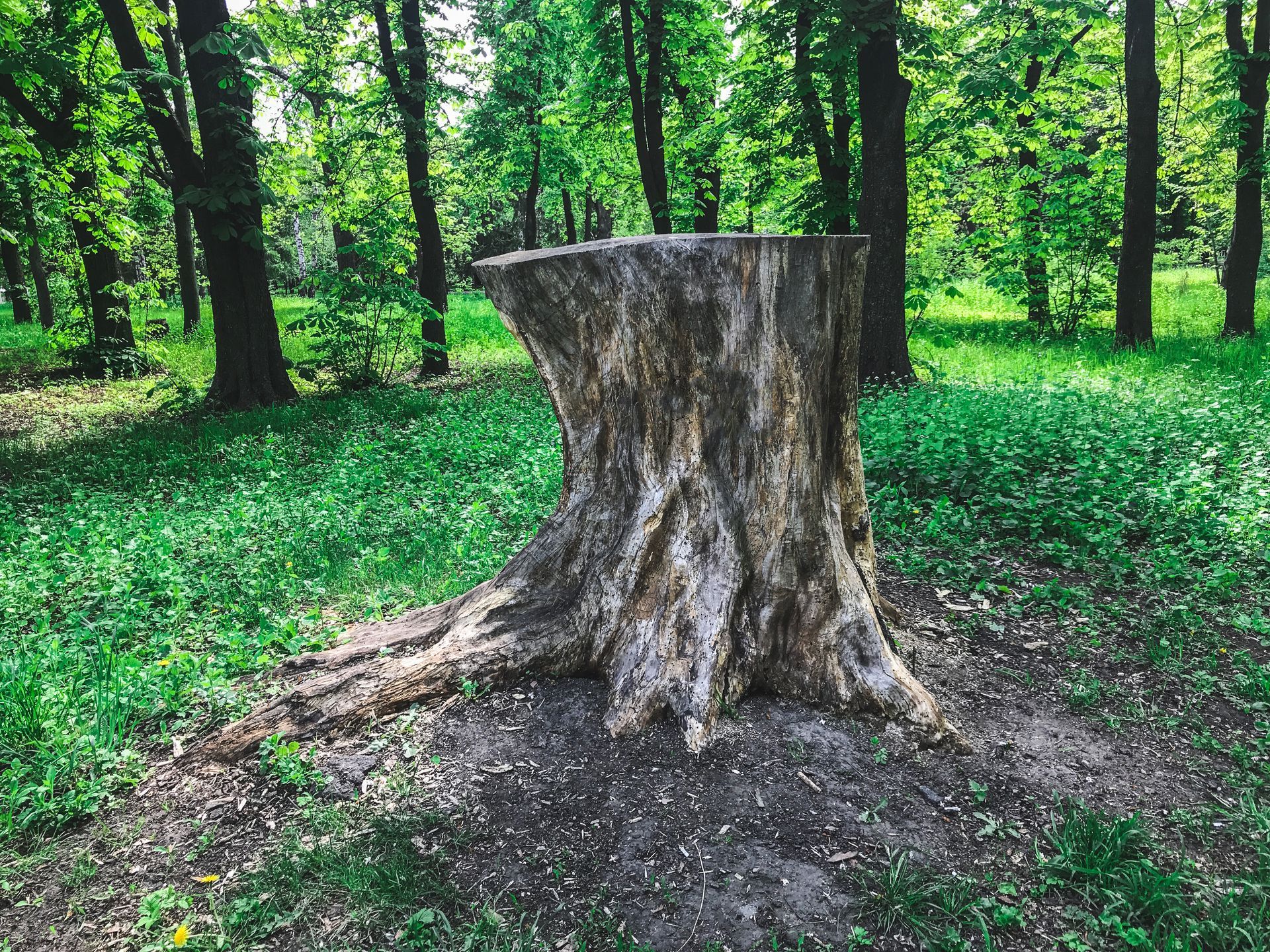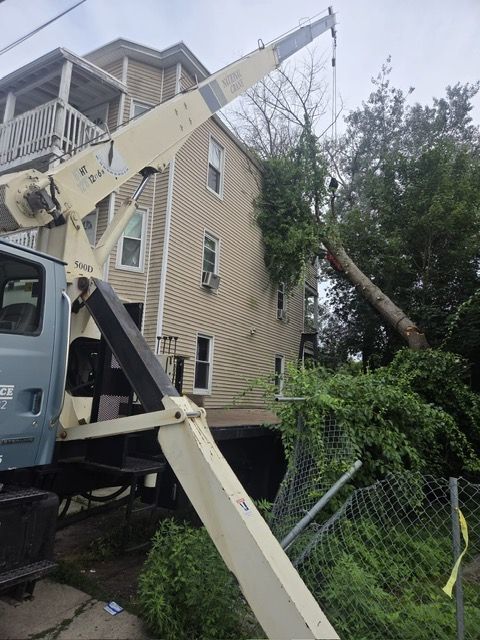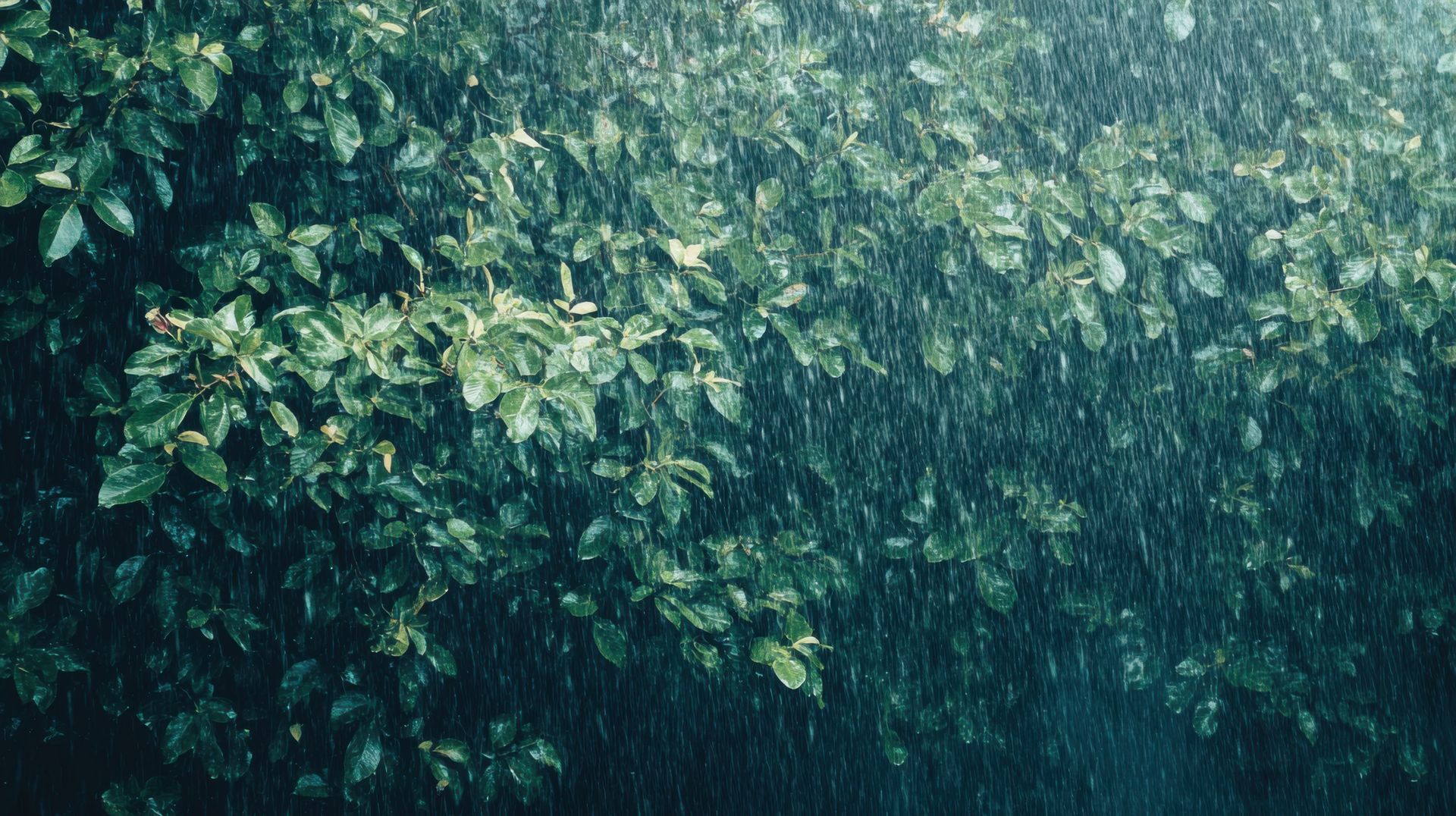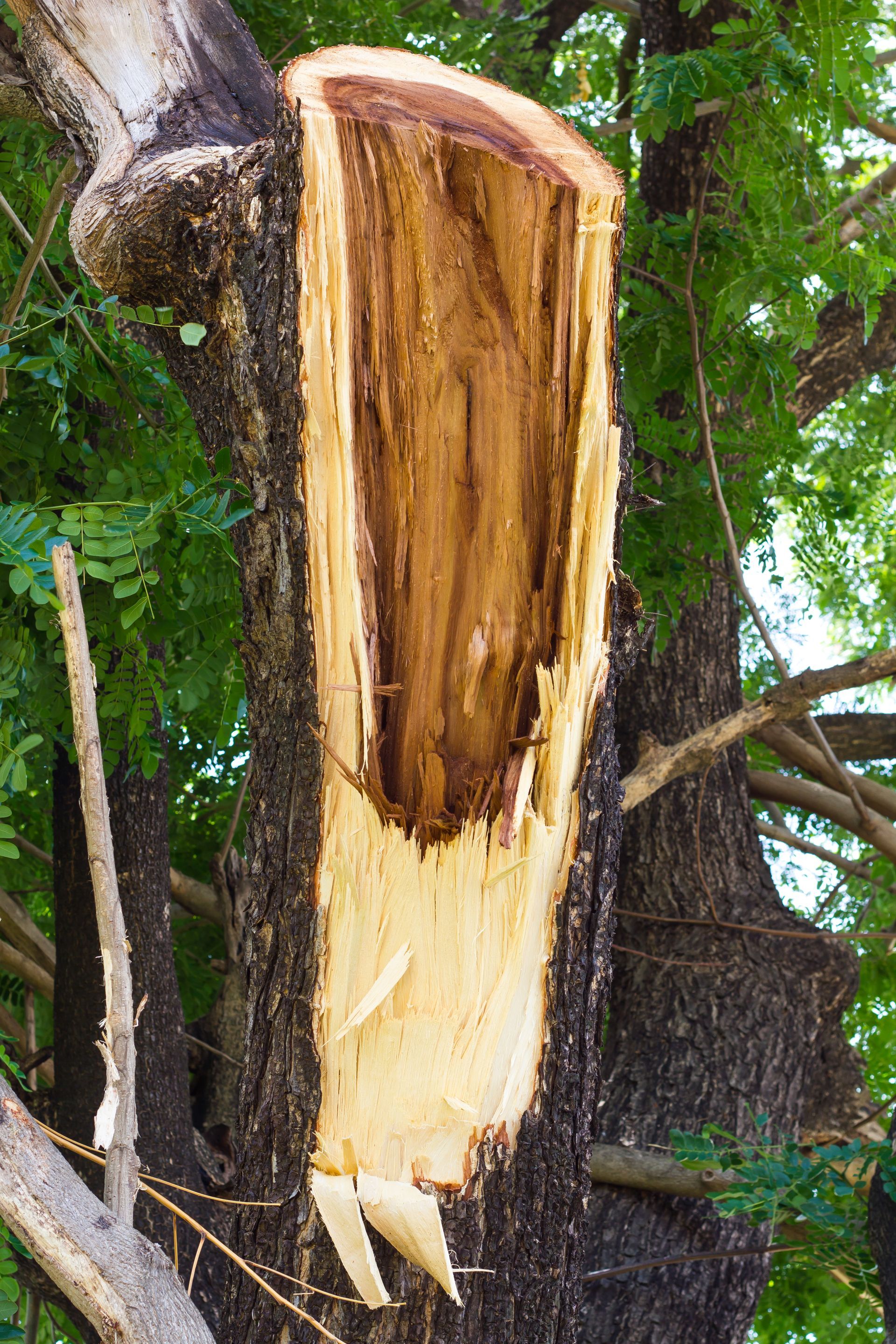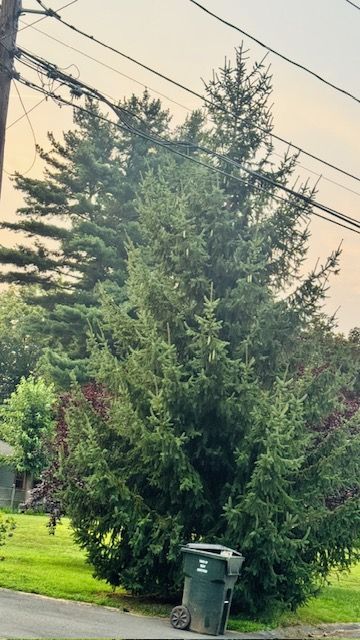Is a Permit Required for Tree Removal in Bloomfield, Connecticut?
Is a Permit Required for Tree Removal in Bloomfield, Connecticut?
It’s your tree… but that doesn’t always mean you can take it down.
That’s the surprise many Bloomfield homeowners run into. One minute you’re planning a backyard makeover—or trying to deal with a dead, leaning oak—and the next, you’re facing permit paperwork or worse, a town fine. Sound familiar? You’re not alone.
Tree removal in Bloomfield isn’t just about grabbing a chainsaw and going to work. Local ordinances, zoning rules, and environmental concerns all come into play. And ignoring those rules? That can cost you.
In this post, we’ll break it all down for you. When you do need a permit. When you don’t. What steps to take to stay on the right side of the law—and how we help make the process simple.
Do You Need a Tree Removal Permit in Bloomfield, CT?
In most cases, yes. The Town of Bloomfield has ordinances in place to protect certain trees—especially if they’re large, located in wetlands, or part of a regulated zone. The general rule of thumb? If the tree is healthy, large, or visible from public property, you probably need permission.
👉 Check with the Town of Bloomfield’s Planning Department before removing any tree. You can visit their website here.
Situations Where You Don’t Need a Permit
There are a few exceptions where a permit is usually not required:
- Emergency removals: If a tree is clearly hazardous (e.g. it’s fallen during a storm or is at risk of falling), you can take action immediately to protect people and property.
- Dead trees: If a tree is dead or severely diseased and poses a danger, you may be able to remove it without prior approval—but documentation is key. Always take photos and consult a certified arborist.
- Private, unregulated property: If the tree is small and on a lot not under zoning or environmental restrictions, you may be free to remove it. Again, confirm with local officials.
What Would Happen If You Remove a Tree Without a Permit?
Don’t risk it. Removing a tree without following proper steps can lead to:
- Fines or penalties from the town
- Delays in home improvement projects
- Required replanting or other mitigation measures
In some cases, the town can even halt your construction or landscaping work until the issue is resolved.
Ways to Apply for a Tree Removal Permit
Here’s how to stay in compliance:
- Contact the Planning & Zoning Department for a pre-removal consultation.
- Provide documentation: This may include a property survey, photos of the tree, and an arborist’s report.
- Submit an application with the required fee (if any).
- Wait for approval—the timeline can vary, but it’s typically a few business days to a couple of weeks.
How We Help with Tree Permits
We’ve worked with Bloomfield’s local ordinances for years, so we know the ins and outs. At [Your Company Name], we:
- Help determine if your tree requires a permit
- Handle the permit application for you
- Work with local inspectors when needed
- Provide certified arborist assessments
You don’t have to navigate red tape on your own. We’ll make sure your tree removal is done safely, legally, and without the hassle.
Final Thoughts
Tree removal in Bloomfield doesn’t have to be complicated—but you do need to follow the rules. Whether it’s a dying maple or a towering pine standing in the way of your backyard plans, it’s best to start with the facts and move forward the right way.
Need help? We’re just a call away.
Let’s handle your tree issues the right way—safely, quickly, and by the book.
